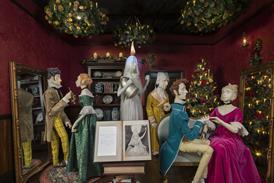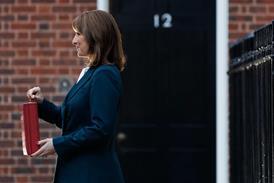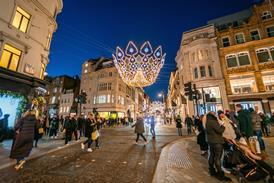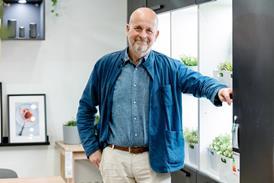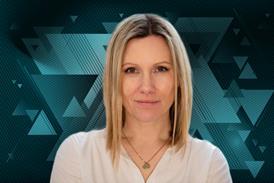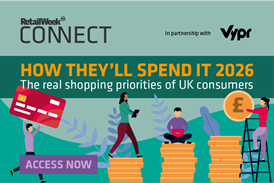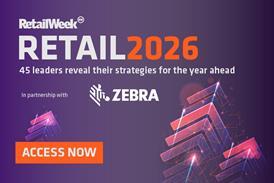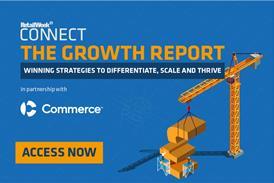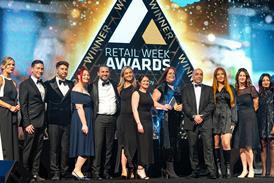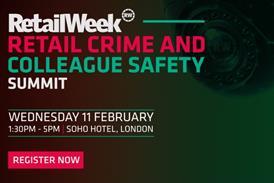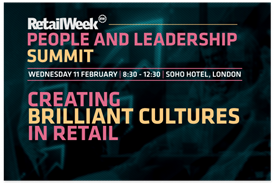Q&A: James Hart – founder of Kidly and Asos’ first employee

We spoke to Asos’ first employee James Hart about why he left and struck out alone to create the Asos of kidswear
In 2015, Hart struck out on his own to found Kidly – an online kids clothing, homeware and toy business that will celebrate its eighth birthday this year. We spoke to Hart to find out about going it alone and what growth has been like so far.
Already have an account? Sign in here




